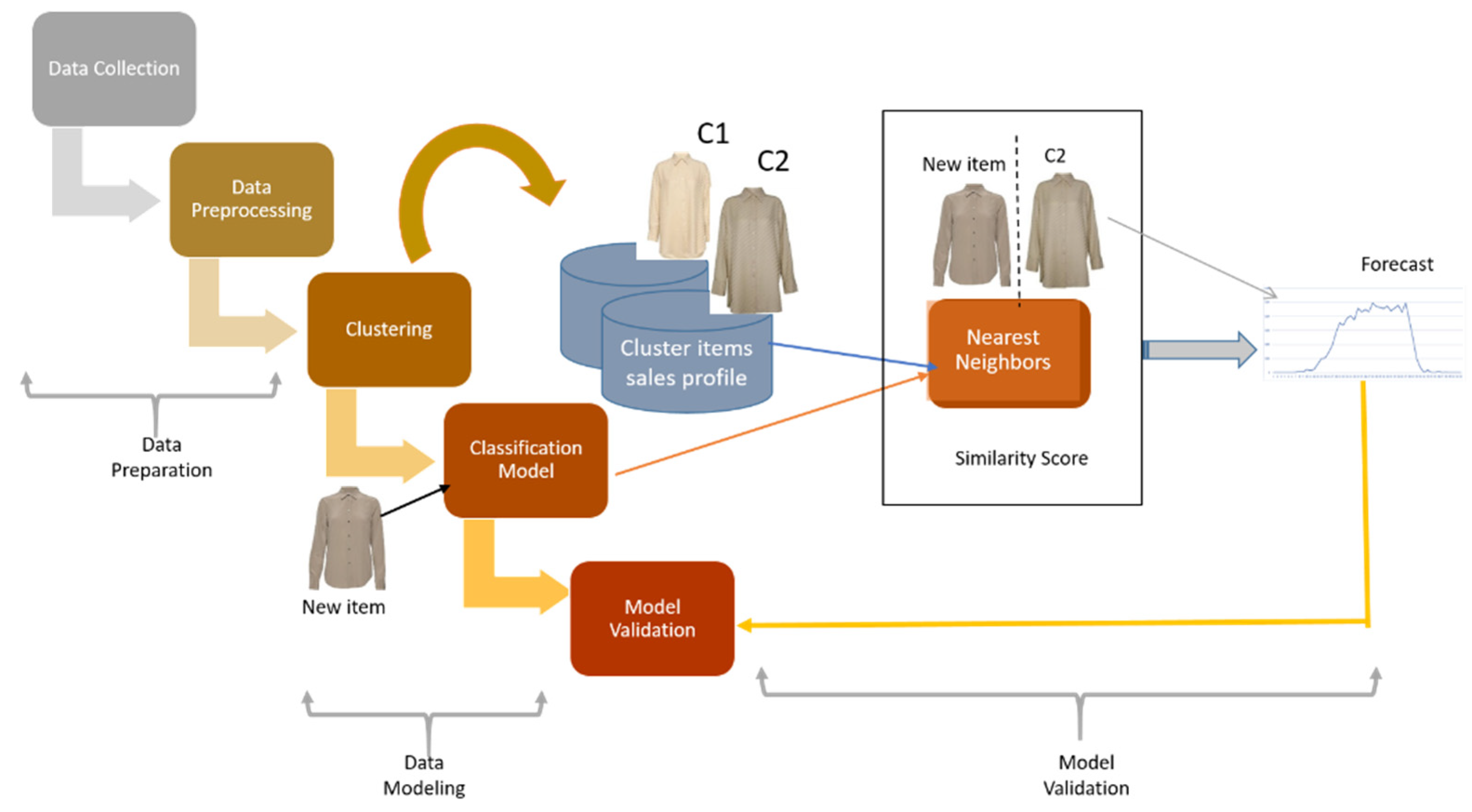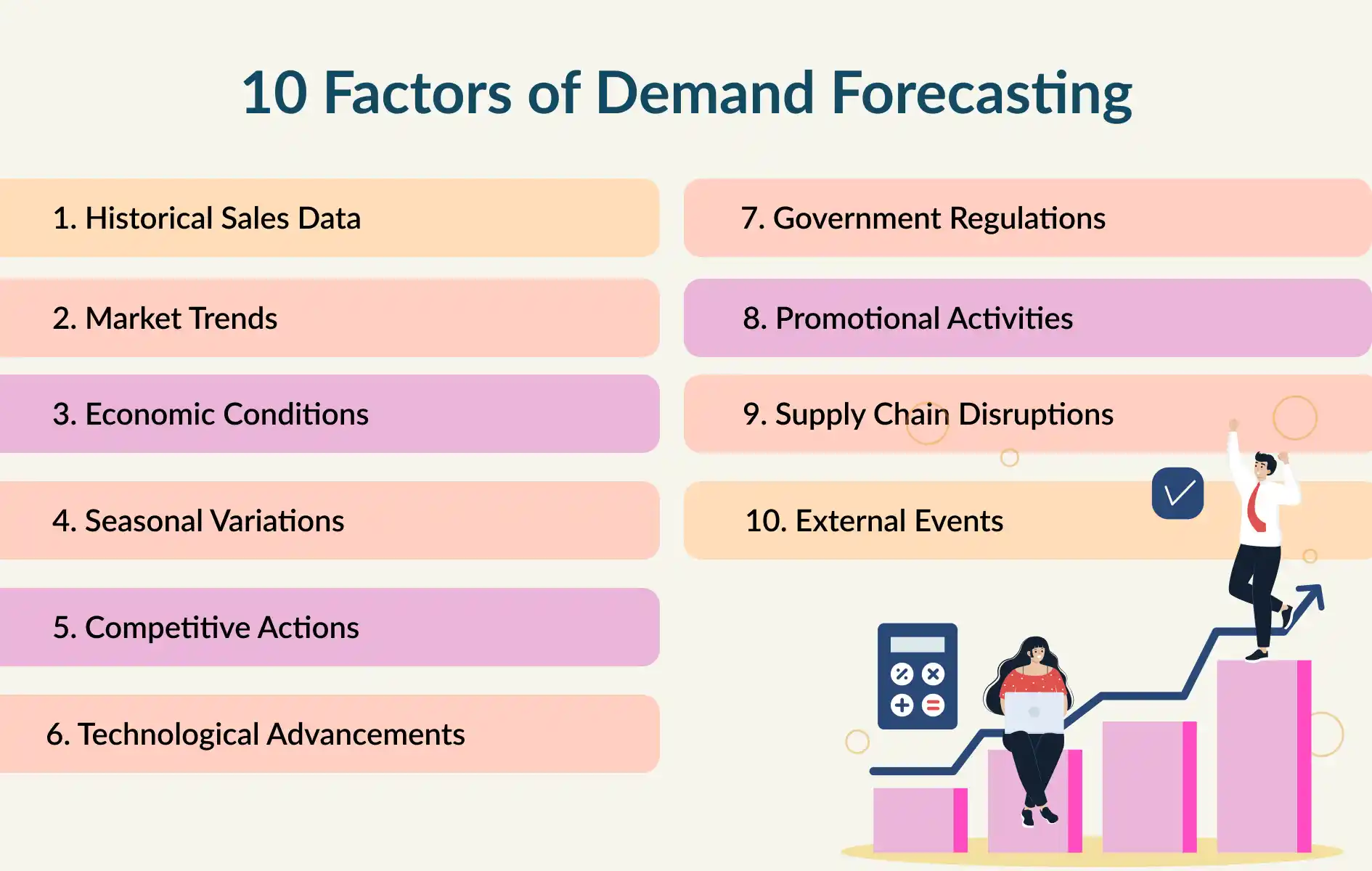Long-Term Fashion Forecasting: Predicting the Future of Style
The fashion industry is always changing due to a variety of variables, including social movements, environmental concerns, technical breakthroughs, and cultural shifts. One of the most important parts of fashion is long-term forecasting, which involves identifying the more significant changes that will influence fashion over the coming years or even decades, even if fads sometimes take over the industry in brief spurts. Fashion experts can connect their work with future trends by using this type of forecasting, which identifies wider, overarching patterns in design, color, fabric, and customer behavior.
We will go into the realm of long-term fashion forecasting in this blog, examining its significance, methodologies, and effects on the fashion industry. You will know more about how fashion forecasters foretell future trends at the end of this piece, as well as why these predictions are crucial for stores, designers, and brands.

What is Long-Term Fashion Forecasting?
The technique of projecting the fashion trends, hues, materials, and silhouettes that will shape the industry going forward is known as long-term fashion forecasting. Understanding and evaluating societal, cultural, technological, and economic changes that are anticipated to affect consumer preferences and behavior is the main goal of this type of forecasting. Long-term forecasting looks ahead, usually for a period of three to ten years or even more, in contrast to short-term forecasting, which may identify patterns for the next season or year.
By comprehending new trends in the macro and micro settings, this technique assists designers, brands, and manufacturers in getting ready for future demands. They can develop ideas, goods, and tactics that will appeal to customers when those trends eventually materialize by foreseeing future preferences.
Why Long-Term Fashion Forecasting Matters
1. Strategic Planning for Brands:
Effective strategy planning for fashion companies requires long-term forecasting. They can make sure they invest in the appropriate collections, materials, and technologies that will be important in the upcoming years by forecasting future trends. It helps them stay ahead of the competition and steer clear of expensive blunders.
2. Innovation and Sustainability:
Long-term forecasting enables firms to adjust to new methods of operation as sustainability gains attention in the fashion sector. This can entail looking ahead to a day when eco-friendly materials and ethical fashion are standard. Long before these concerns are widely recognized, forecasting enables manufacturers to meet consumer demand for socially conscious and sustainable apparel.
3. Cultural Shifts and Consumer Behavior:
Fashion is more than simply clothing; it also reflects the era in which it is created. Long-term fashion forecasting enables designers and brands to stay abreast of societal and cultural trends that will probably have an impact on fashion in the future. It enables them to produce works that address cultural shifts, such as a focus on gender fluidity, inclusivity, or post-pandemic lifestyles.
4. Material and Technological Innovations:
Fashion is always evolving due to technological developments in wearables, textiles, and sustainable production techniques. Brands can predict how these developments will affect design, production, and consumption by using long-term forecasting. In a fashion industry that is becoming more and more tech-driven, this foresight is essential to staying competitive.

The Key Factors That Influence Long-Term Fashion Forecasting
1. Social and Cultural Movements:
Social shifts have a big impact on fashion. Global trends including campaigns for social justice, environmental awareness, and gender equality are closely monitored by long-term forecasters. For example, social movements advocating for diversity and representation in all areas of life have fueled the growth of gender-neutral apparel and inclusivity in fashion.
2. Technological Advancements:
Technology’s influence on fashion is expanding quickly. From the emergence of 3D printing and artificial intelligence to the creation of smart textiles and wearable technologies, technological advancements influence not only how apparel is created and manufactured but also how customers use it. Long-term forecasting, for example, might indicate that more wearable technology will be incorporated into fashion, such as clothing with integrated health tracking features or smart textiles that can adapt to body temperature.
3. Economic Trends:
Consumer behavior and fashion trends are directly impacted by economic cycles, including recessions and prosperous times. For instance, buyers may choose more functional, long-lasting clothing items over rapid fashion fads following a period of economic crisis. Understanding larger economic trends and how they could affect consumer spending power and style preferences is necessary to predict long-term fashion trends.
4. Environmental and Sustainability Factors:
Sustainability is now a key concept in the fashion business rather than merely a trendy term. Long-term fashion forecasting predicts the growing need for ethical production methods and sustainable materials as environmental concerns continue to grow. Future fashion designs may incorporate recycled textiles or biodegradable materials, according to forecasters.
5. Political Landscape:
Global events and political shifts frequently have a significant impact on fashion. The materials and procedures used in the manufacture of fashion can be influenced by labor laws, environmental regulations, and policies pertaining to international trade. Additionally, the cultural narratives that designers use to inform their collections might be impacted by political upheaval or peace initiatives.
6. Consumer Behavior:
Any fashion forecast must take customer behavior into account. Long-term, a variety of factors, such as economic situations, cultural norm shifts, and technological advancement, influence consumer behavior. Consumers’ shopping selections will increasingly reflect their ideals as they grow more conscious of concerns like ethical production and sustainability. Forecasters with a long time horizon need to keep up with these changes in consumer attitude.

How Long-Term Fashion Forecasting Works
Long-term forecasting is a complex process that blends qualitative insights with quantitative data analysis. Below is a summary of the typical techniques forecasters employ:
1. Trend Analysis
In order to find larger, more enduring patterns, forecasters frequently start with a thorough trend analysis, examining both previous and present fashion cycles. Forecasters can make predictions about potential future trends by examining historical fashion trends, including color schemes, fabric selections, and silhouettes. They also keep tabs on important figures and trends in the fashion business, ranging from streetwear trends and new subcultures to the influence of designers and celebrities.
2. Cultural and Social Research
Forecasting requires a thorough understanding of the social background. To find fresh concepts that will impact fashion, forecasters frequently turn to literature, music, film, and the arts. Pop culture trends, political movements, and other world events might provide information about how future fashion designs may be received by customers. In order to understand how societal changes may impact fashion choices, forecasters also conduct ethnographic research, examining consumer behavior in various geographical areas.
3. Technological Monitoring
Future fashion trends are heavily influenced by technological advancements. Forecasters closely monitor advancements in consumer technology, manufacturing techniques, and textiles. For example, the fashion sector may be significantly impacted by the introduction of bio-fabricated materials or AI-driven design tools. A crucial step in the forecasting process is keeping an eye on research initiatives and new startups.
4. Color and Material Forecasting
One of the most obvious components of fashion forecasting is color forecasting. Businesses that do in-depth studies on color trends include Pantone and Color Marketing Group. To forecast which hues will be popular in the future, they consider a variety of elements, such as seasonal variations, psychological associations with colors, and even geopolitical considerations. Similar to this, material forecasting examines developments in textiles, ranging from eco-friendly textiles to cutting-edge materials that have the potential to completely transform the sector.
5. Consulting with Experts and Industry Leaders
Designers, manufacturers, marketers, and cultural specialists are among the industry professionals with whom fashion forecasters frequently collaborate. These partnerships guarantee that forecasts are grounded in a wide range of knowledge and aid in their improvement. Experts in the field frequently possess firsthand knowledge of future developments, which can aid forecasters in producing more precise projections.

The Impact of Long-Term Fashion Forecasting
1. Shaping Design and Production:
Designers base their collections on forecasting, selecting materials, hues, and fashion trends that will be popular in the years to come. Similar to this, producers can modify their operations to satisfy future needs by incorporating new technology into their goods or switching to more environmentally friendly materials.
2. Consumer Engagement:
Additionally, forecasting facilitates deeper consumer engagement for brands. Brands can produce goods that appeal to the changing preferences and values of their audience by staying ahead of trends. Additionally, long-term forecasting gives companies the means to create engaging narratives about their goods, establishing them as progressive and creative.
3. Environmental Sustainability:
Long-term forecasting is essential for assisting businesses in making the shift to more sustainable practices as the fashion industry grows more aware of its effects on the environment. Forecasting guarantees that businesses can make the required changes in a timely manner by projecting future demands for ethical production methods and sustainable materials.
Conclusion
Predicting the color scheme or fabric trend for the upcoming season is only one use of long-term fashion forecasting. It’s a potent tool for the fashion industry to remain ahead of cultural, technical, and global changes, enabling firms to develop strategies and designs that appeal to consumers of the future. Fashion designers can make sure that their businesses are not just current but also prepared for the opportunities and difficulties of the future by knowing what influences long-term trends.
Fashion will continue to mirror and adjust to the constantly shifting environment as the twenty-first century progresses. Long-term forecasting provides a window into that future, assisting customers, brands, and designers in navigating the upcoming fashion trends. The fashion business can stay creative, sustainable, and—above all—adjusted to the changing demands and preferences of the globe by adopting this method.